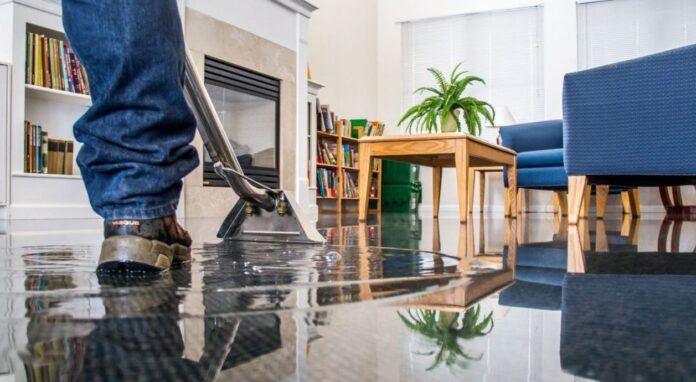Water damage is a common and costly issue for homeowners, requiring proactive measures to prevent expensive repairs and health hazards. Regular maintenance and awareness of potential trouble spots can help avoid drastic measures. Preventive care is the best policy, as it reduces the risk of major water disasters. This comprehensive guide will guide homeowners through crucial steps to safeguard their home and protect their investment from water-related threats.
Regular Plumbing Inspections
Your plumbing system is the first line of defense against water damage. Routinely check pipes under sinks, near water heaters, and in basements for leaks or signs of moisture. Water stains, musty odors, or damp cabinetry are red flags you shouldn’t ignore. Fixing small leaks—such as those found around joints or fixtures—immediately can save thousands of dollars in structural repairs and prevent hazardous mold growth. Household leaks can waste nearly 10,000 gallons of water yearly, underscoring the importance of regular checks, especially when planning post-flood home remodeling. Proactive maintenance ensures your property remains safe, efficient, and protected from future water-related issues.
Roof and Gutter Maintenance
Your roof and gutters are critical to channeling water away from your house. Twice a year—typically in spring and fall—inspect your roof for cracked, worn, or missing shingles. Ensure gutters and downspouts are clear of leaves, twigs, and other debris to prevent blockages that lead to overflow and foundation damage. Pay special attention to areas where water drips persistently or where you see algae and moss, as these could signal trapped moisture or leaks at the roofline.
Installing Water Detection Devices
Emerging technology has made it easier than ever to detect leaks before they become major problems. Consider installing water leak sensors at vulnerable spots such as basements, near water heaters, under sinks, and by washing machines. Some smart devices, like the Flo by Moen Smart Water Detector, send alerts directly to your phone at the first sign of trouble. Advanced systems are even capable of shutting off your water supply remotely if a leak is detected, minimizing any damage and offering peace of mind while you’re away.
Landscaping and Drainage Solutions
Properly designed landscaping is an invisible shield, diverting water from your home’s structure. Ensure your yard slopes gently away from the foundation to prevent pooling around the base of your home. Gravel beds, French drains, and downspout extensions are all effective tools to move water safely away. Consider choosing deep-rooted plants that will not affect your underground pipes, and trim trees and shrubs regularly, as aggressive roots can crack water lines and create new routes for moisture intrusion.
Maintaining Appliances and Fixtures
Even the most reliable appliances can fail as they age. Inspect washing machines, dishwashers, water heaters, and refrigerators for signs of rust, bulging hoses, or standing water. Hoses should be sturdy—replace rubber hoses with reinforced stainless steel options for extra protection. Don’t ignore slow leaks or tiny drips; these can escalate to serious flooding and water damage in just a short period. Regular appliance maintenance and timely replacement of worn-out parts will pay off in the long run.
Sealing Windows and Doors
Windows and doors are common entry points for water, especially during heavy rain or storms. Examine seals, weatherstripping, and caulking every season to ensure there are no cracks or gaps. Even tiny openings can let in rainwater, resulting in warped window frames, flooring, and mold. When you find worn-out seals, reapply high-quality outdoor caulking and replace weatherstripping as needed to keep your home watertight.
Monitoring Water Pressure
Excessive water pressure can quietly undermine your plumbing. Use a simple pressure gauge to monitor your home’s pressure remains between 40 and 60 psi. If your readings consistently exceed this range, a licensed plumber can install a pressure-reducing valve, which will help protect pipes, fixtures, and appliances from bursts or leaks. Managing your water pressure is a small investment that can prevent catastrophic plumbing failures.
Preparing for Vacations
To prevent water damage during vacations, shut off the main water supply, inspect appliances and hoses for leaks, and have a trusted friend or neighbor check your property. Smart home leak sensors offer remote monitoring. Protecting your home from water damage involves vigilance, smart maintenance, and using the right tools and technologies. Staying ahead of potential issues, performing seasonal checks, and adopting helpful technology can prevent most water damage risks.

